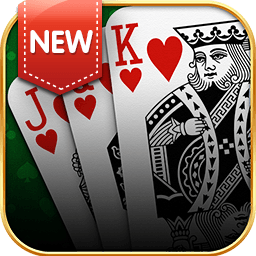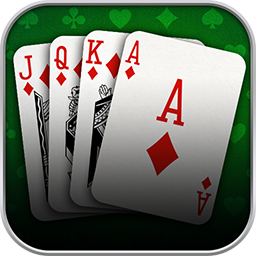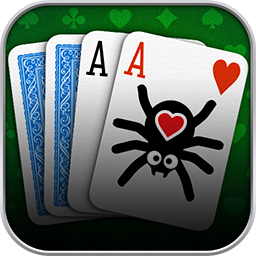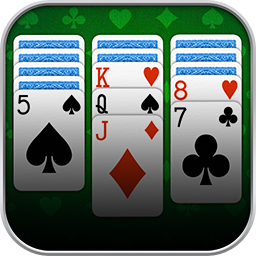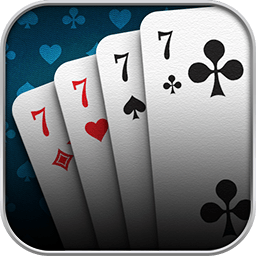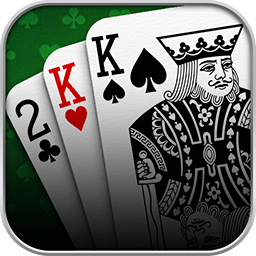The classic Gin Rummy is a two-player game. But at the Gin Rummy Palace, we soon want to enable you to play with four players. This innovation will bring not only a lot of fun but also some exciting changes to the gameplay. On this page, we will fill you in!
If you want to learn more about the basic rules of the game, click here for our Gin Rummy Rules. Otherwise, you can read about the following topics here:
Players and Teams in Four-Player Gin Rummy
In Four-Player Gin Rummy, you will compete in teams of two players. Your teammate will always sit across from you. The particular feature here is that you will be able to see all the hand cards of your team. However, each player will have their own turn, so only one player will be playing at a time in clockwise order.
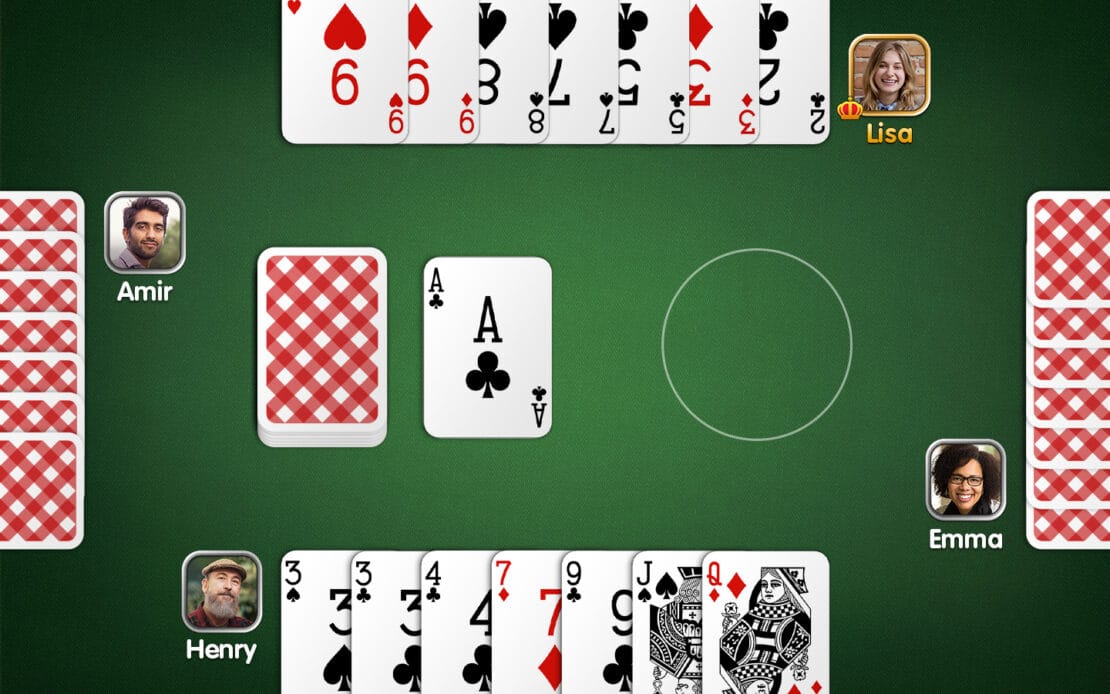
If you play multiple rounds, the same teams will remain throughout all the rounds at the same table.
The Cards in Four-Player Gin Rummy
There are no changes to the card deck compared to classic Gin Rummy. You will still play with 52 cards without Jokers, and the values of the cards remain the same.
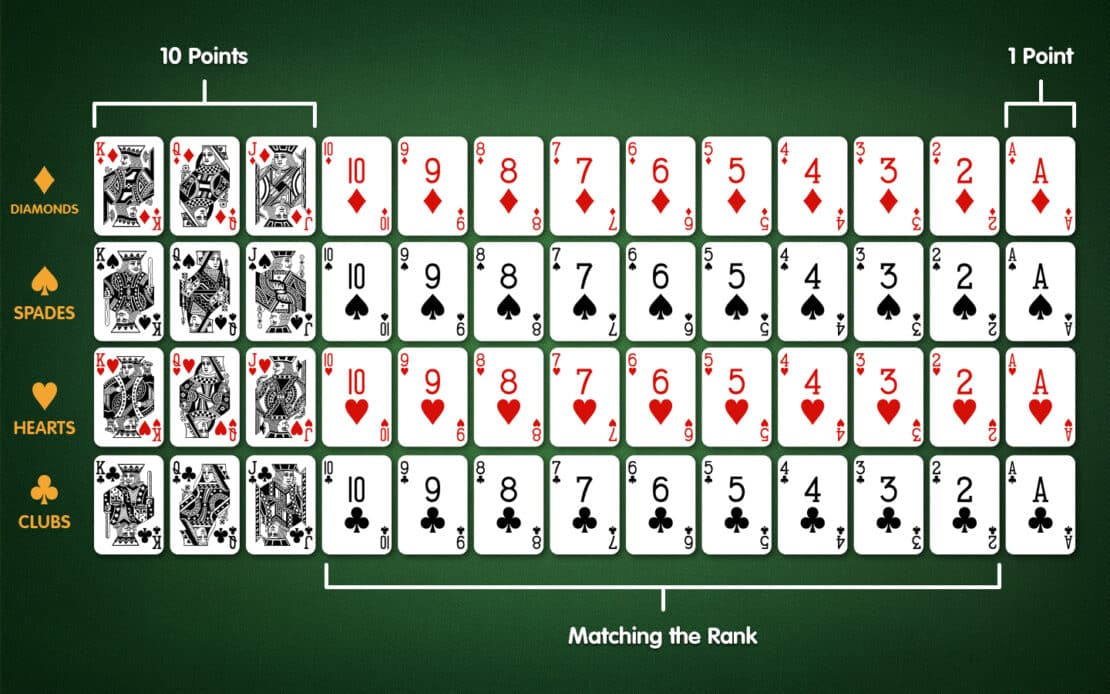
At the beginning of each round, each player is dealt 7 cards. The remaining cards are placed back into the draw pile, and the first card is revealed as the base of the discard pile.
After dealing, you will always see your own cards and your teammate’s cards. But you will not see the opponents’ hand cards. We will explain further below how you can interact with your partner’s hand cards. In general, you can only play with the cards in your own hand though.
The First Card
Here, the known procedure is expanded: If you are on the dealer’s left, you are the first to decide whether to draw the first revealed card or pass. If you pass, the next player in clockwise order has the same choice. If you want to take the first revealed card, you immediately begin your first turn by drawing that card.
If all four players pass, the player to the dealer’s left automatically starts their first turn by drawing a card from the draw pile.
Your Turn in Four-Player Gin Rummy
The classic turn in Gin Rummy is expanded with another option in Four-Player Gin Rummy. You still draw a card, consider whether to knock, and finally discard a card. In addition, in each of your turns, after drawing a card and before discarding a card, you may now trade a card with your partner.
Through custom rules, more options become available: catching the glass and boasting. After boasting, you must wait at least one turn before you can knock again. You can find details on the topic on our website about rule variants in Gin Rummy. Right here, we continue looking at Trading in four-player Gin Rummy.
Trading
You may choose a card to hand over to your partner face-down. Your partner adds the card to their hand and must give you any card of their choice in return, also face-down. It can also be the same card you wanted to trade. The opposing team never sees which cards you exchange, only that you are exchanging cards.
The trade is not mandatory. However, it is a good way to improve your hands. For example, cards that form a valid meld together could be distributed between the two of you. In one or more turns, you can bring such cards into one hand.
Since you cannot discuss your cards at the table, it is important to keep a close eye on your own cards as well as your partner’s cards. Despite all attention, it may still happen that you approach the game differently and an unexpected exchange begins. In such cases, remain fair and enjoy the suspense!
Whether you traded cards during your turn or not, you can knock before discarding a card to initiate the end of the round. Alternatively, you can simply discard a card, prompting the player to your left to start their turn.
The Melds
The possible melds are not modified by adding players in Gin Rummy. Groups and sequences are still allowed.
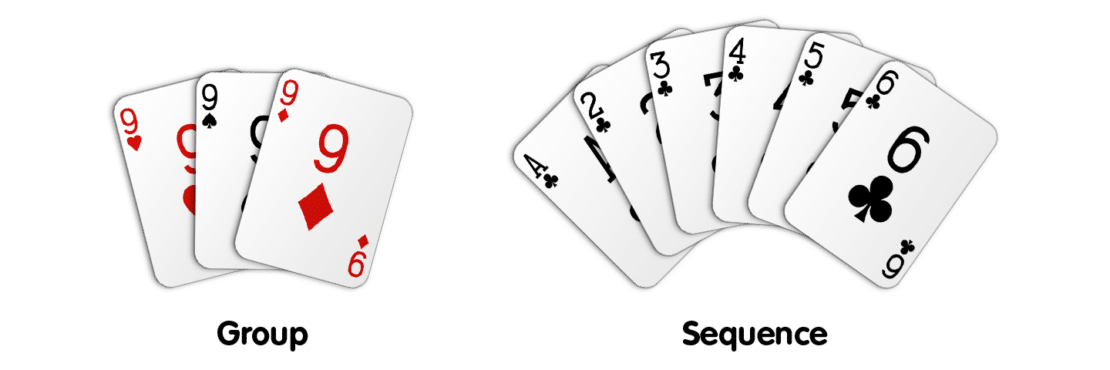
End of the Round in Four-Player Gin Rummy
Here, too, the round’s end can be triggered by knocking or by the draw pile running out. The same rules for the draw pile apply as in Two-Player Gin Rummy.
Keep in mind that in the four-player game, the draw pile diminishes faster because it holds 8 cards less, only 24 cards.
Regarding knocking, we are taking a closer look again here.
Knocking in Four-Player Gin Rummy
If your deadwood, as in, the cards you cannot meld minus the one you want to discard, is worth a maximum of 10 points, you can knock. Even if your partner has more deadwood, you can still knock. However, think carefully about whether it is worthwhile. Because your partner’s deadwood will count towards your team’s score.
You can still only knock during your turn, after drawing a card and optionally exchanging a card with your partner, but before discarding a card.
Reveal
If you have knocked, you must first place one of your hand cards as the last card on the discard pile.
After that, you lay down all your melds and your deadwood face-up on the table, if necessary, and announce the deadwood points. Then, your partner does the same with their hand cards. The cards in your hands must remain separate. So, you cannot combine them into shared melds.
Afterward, the players from the opposing team can also lay down their separate melds.
At the Gin Rummy Palace, these steps will be taken care of automatically for you.
Laying Off
This step will also be automatically completed at the Gin Rummy Palace, but it is important to understand the process. So, here we go:
In general, you cannot add cards with players without deadwood. Let’s go into more detail here:
If your team has no deadwood after knocking, the opponents are not allowed to lay off any cards from their deadwood onto your melds.
But if only one of you has deadwood cards, both opponents can lay off their deadwood cards onto the melds of that player. And if both of you have deadwood, both opposing players can lay off to all the melds of your team.
While laying off cards, the opponents can also switch turns; there is no prescribed order. The added cards no longer count as deadwood for the opposing team.
During this process, your team’s deadwood cards must not be used, and no cards can be separated from your melds.
If you or your partner knocked, neither of you can lay off deadwood onto the opponents’ melds.
Finally, when all the cards are on the table, the round is evaluated.
Scoring in Four-Player Gin Rummy
During the evaluation, the card values of the entire deadwood of both teams are compared, meaning the cards that do not belong to melds after the reveal and laying off.

In short, your team wins after you knocked if either you have no deadwood or if you have fewer deadwood points than the opposing team. Otherwise, the others achieved an undercut, and win.
You can find a detailed explanation of the evaluation for four players and two players on our corresponding page about the evaluation in Gin Rummy.
End of Game in Four-Player Gin Rummy
Usually, Gin Rummy is played until reaching a predetermined total score. The points accumulated by each team over the played rounds are added up. If one of the teams reaches this score threshold, the game ends. This team logically has the highest total score and wins the game.
In the Gin Rummy Palace, you can choose playing up to between 10 and 500 points.
The Next Step to Gin Rummy
Now you know how the card game Gin Rummy will proceed in our adaptation for four players. Feel free to continue to the Gin Rummy Scoring Page or go back to the general overview!
